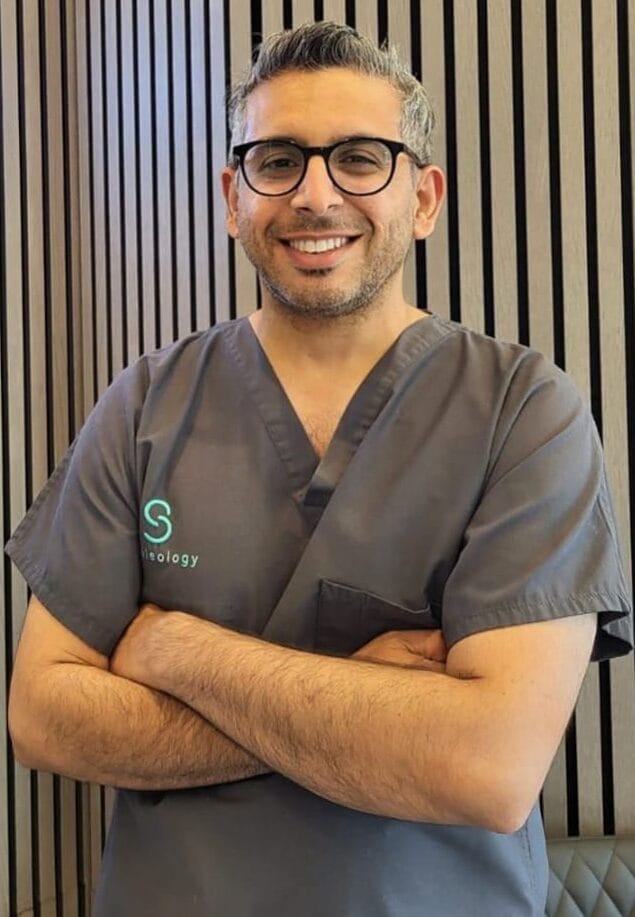Your Overview to Dental Implants Kent: Redeem Your Dental Health
Your Overview to Dental Implants Kent: Redeem Your Dental Health
Blog Article
Experience the Most Current Technologies in Oral Implants Innovation
As the field of dental care proceeds to evolve, the improvements in dental implant modern technology have actually been absolutely nothing except exceptional. From the use of advanced materials that enhance sturdiness to the application of digital imaging for precise placement, these innovations are changing the landscape of oral care. With minimally intrusive surgical techniques and the personalization abilities of 3D printing, clients currently have access to customized options that were as soon as unbelievable. Additionally, the integration of innovation is revolutionizing the functionality of oral implants, guaranteeing boosted outcomes and client complete satisfaction.
Advanced Products for Improved Longevity
In the realm of oral implants technology, the combination of innovative materials has actually substantially added to boosting sturdiness and long life of these essential dental prosthetics. The use of materials such as titanium alloys, zirconia, and ceramic compounds has actually revolutionized the field by using increased resistance, stamina, and biocompatibility to corrosion.
Titanium alloys are commonly utilized in oral implants due to their phenomenal strength-to-weight proportion, deterioration resistance, and compatibility with the body. These alloys make sure the security and longevity of the implant by withstanding the forces exerted during speaking and eating, supplying a trusted service for patients looking for durable tooth substitutes.
Zirconia, a type of ceramic material, has gotten popularity for its biocompatibility and natural tooth-like appearance. Its high stamina and resistance to use make it an appropriate option for dental crowns and bridges, boosting the overall aesthetics and functionality of the implant.

Digital Imaging for Accurate Placement
The evolution of oral implants modern technology has better progressed with the combination of digital imaging strategies, ensuring exact placement of these prosthetics for optimal useful and visual results. Digital imaging plays an important role in the preparation and placement of oral implants by giving in-depth 3D pictures of the individual's jawbone framework. This technology permits dentists to examine bone thickness, find vital frameworks, and prepare the exact placement and angle for dental implant positioning with unmatched accuracy.
By using digital imaging, dental practitioners can produce virtual medical overviews that function as a roadmap throughout the implant positioning procedure. These overviews are tailored for each and every patient, considering their special makeup and the wanted outcome. This degree of precision not just improves the success rate of dental implant treatments but additionally reduces the risk of issues.
Additionally, electronic imaging enables dentists to imagine the final prosthetic repair prior to the actual positioning of implants, enabling careful preparation and ensuring that the outcome meets the person's visual expectations. Generally, the assimilation of digital imaging modern technology has actually revolutionized the field of oral implants, offering individuals a more predictable, efficient, and patient-specific therapy strategy.

Minimally Invasive Surgical Techniques


Developments in medical strategies have resulted in the advancement of minimally invasive strategies in the field of dental implantology. These methods intend to lower trauma to the client, shorten healing times, and improve total treatment end results. Minimally intrusive medical procedures involve smaller lacerations, specialized instruments, and advanced imaging technologies to specifically put oral implants with very little disruption to bordering tissues.
One key aspect of minimally intrusive methods is using assisted surgical treatment, where 3D imaging and computer-aided design software program are utilized to plan the dental implant placement with terrific accuracy. This allows for an extra predictable outcome and can typically remove the requirement for considerable flap surgical procedure.
In addition, advancements in products and implant style have actually additionally added to the success of minimally invasive strategies. Implants with improved surface homes promote quicker osseointegration, reducing the healing time needed before the prosthetic remediation can be positioned.
3D Printing for Personalized Solutions
Using 3D printing technology in dental implantology permits for the development of very personalized services customized to specific patient demands and physiological variants. This sophisticated modern technology allows dental professionals to design and make dental straight from the source implants with outstanding precision and accuracy. By making use of digital imaging methods, such as cone beam of light calculated tomography (CBCT), detailed 3D designs of the individual's mouth can be created to guide the implant preparing process.
One of the vital benefits of 3D printing in dental implantology is the ability to produce patient-specific implants that completely fit the special composition of each individual. This individualized technique aids boost the overall success and durability of the dental implant by guaranteeing ideal fit and placement. Furthermore, 3D printing permits the manufacturing of complicated geometries and complex frameworks that would be difficult or difficult to achieve using conventional production methods.
Additionally, 3D printing innovation allows dental professionals to enhance the official source implantation process, reducing surgery time and boosting total individual experience. With its ability to create customized remedies swiftly and effectively, 3D printing is reinventing the area of oral implantology, offering people innovative therapy alternatives and boosted outcomes.
Integrated Technology for Improved Performance
Executing cutting-edge modern technology in oral implantology boosts capability and precision, boosting the requirement of look after people going through dental implant treatments. Integrated modern technology plays an important role in boosting the overall success and longevity of oral implants. One essential advancement is the assimilation of digital scanning and imaging modern technologies, such as cone-beam computed tomography (CBCT) and intraoral scanners. These tools enable in-depth 3D imaging of the patient's dental structures, assisting in precise treatment preparation and dental implant placement.
Furthermore, the combination of computer-aided layout and computer-aided production (CAD/CAM) technology allows the development of custom implant repairs with remarkable accuracy. CAD/CAM systems use electronic impacts to develop prosthetics that completely fit the individual's one-of-a-kind makeup, making sure optimal comfort and performance. Furthermore, using robotic-assisted surgical procedure in dental implant positioning here improves accuracy and decreases the threat of human mistake.
Verdict
In conclusion, the most up to date developments in dental implants technology offer improved resilience via innovative materials, exact placement with digital imaging, minimally invasive surgical strategies, customized solutions with 3D printing, and boosted capability with incorporated modern technology - Dental implants Kent. These innovations in oral implants innovation are transforming the field and providing people with even more effective and reliable treatment alternatives for recovering their smiles and oral health
The assimilation of innovation is transforming the capability of dental implants, promising boosted results and patient satisfaction.
The development of oral implants innovation has better advanced with the assimilation of digital imaging strategies, guaranteeing exact positioning of these prosthetics for optimum practical and aesthetic end results. Minimally invasive surgical procedures entail smaller lacerations, specialized instruments, and progressed imaging technologies to precisely position oral implants with very little disturbance to surrounding tissues.
Carrying out cutting-edge modern technology in dental implantology improves performance and accuracy, elevating the requirement of care for people undergoing implant treatments. Dental implants Kent. Integrated modern technology plays a vital duty in improving the general success and resilience of oral implants
Report this page